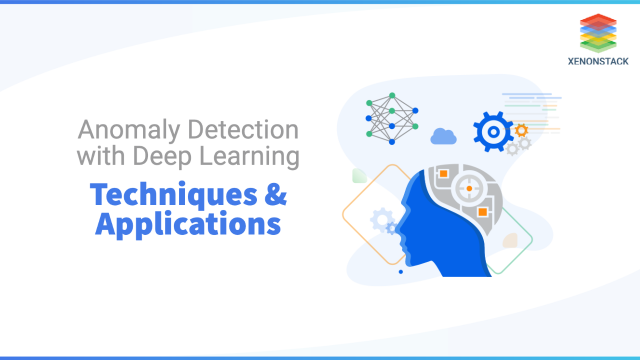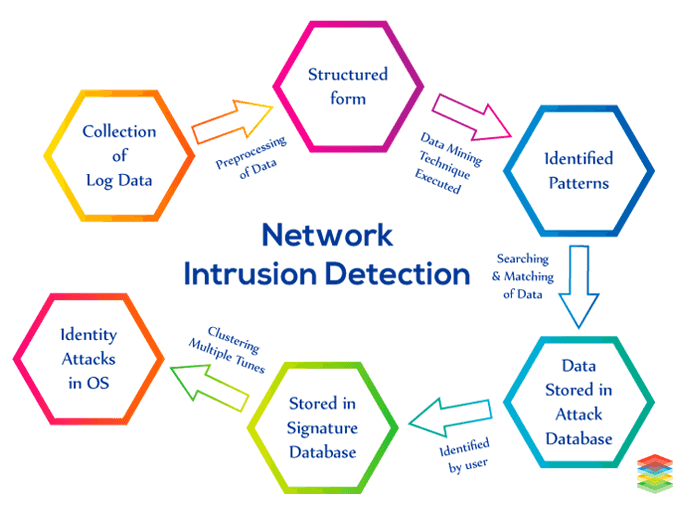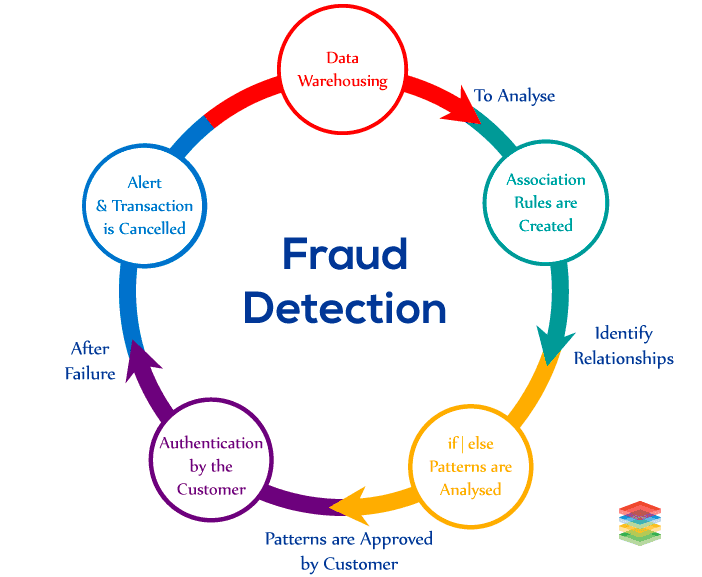
Introduction - Anomaly Detection
Anomaly Detection (also known as outlier analysis) is a step in data mining , to identify outliers or irregular patterns that do not correspond to predicted behaviour. It has wide range of market uses, typically data may reveal crucial events. From technological glitch, intruder detection, health surveillance, to fraud detection, anomaly detection has various usecases.What is an Anomaly?
An anomaly is defined as the unusual behavior or pattern of the data. This particular indicates the presence of the error in the system. It describes that the actual result is different from the obtained result. Thus the applied model does not fit into the given assumptions. The anomaly is further divided into three categories described below --
Point Anomalies
-
Contextual Anomalies
-
Collective Anomalies
You May also Love to Read Anomaly Detection of Time Series Data Using Machine Learning & Deep Learning
Anomaly Detection Techniques
Supervised Learning
Machines learn a function that maps input features to outputs based on example input-output pairs as they learn with supervision. Supervised anomaly detection algorithms are designed to integrate application-specific knowledge into the anomaly detection process.Unsupervised Learning
Unsupervised learning occurs when computers lack examples of input-output pairs from which to learn a function that maps input features to outputs. They instead learn by looking for structure in the input functions. Since labeled anomalous data is comparatively uncommon, unsupervised approaches are more prevalent in the anomaly detection sector than supervised approaches.Semi-supervised Learning
Semi-supervised learning techniques are a kind of middle ground, employing a collection of tools that can use both vast volumes of unlabeled data and small amounts of labeled anomalous data. Many real-world anomaly detection use cases are well suited to semi-supervised learning since there are a large number of regular instances to learn from, but just a few examples of the labeled anomalous data.Applications of Anomaly Detection with Deep Learning
Network Intrusion Detection
In today's generation, the use of computers has been increased. Due to this, the probability of cybercrime has also increased. Therefore, a system is developed known as Network Intrusion Detection which enables the security of the computer system. In this system, Data Mining Techniques and the signature database are used. The description of the process is given below -- Firstly, the log files are collected from all the sources.
- Pre-processing of log files is performed, i.e., the log data is represented in a structured form.
- After that, Data Mining Techniques such as Support Vector Machine (SVM), Random Forest, etc. are applied to the log data to identify the patterns.
- The log data is searched in the common log database and the attack log database.
- If the pattern is not matched with the common log database, it will be classified as an attack log data pattern.
- From the identified collected patterns unusual patterns as an attack are identified by the user.
- After the identification of unusual patterns, the attack patterns are stored in the signature database (attack log database).
- If the pattern is already present in the signature database, an alert will be given by the system.
- In the end, clustering is performed multiple times to identify the security attack with the operating system.

Fraud Detection in Banking Sector
Banks are the organizations for depositing and withdrawing money, getting the provision of loans. This facility is available to all. Therefore, the proper security mechanism should be introduced. Some points are necessary for consideration before performing fraud detection that is mentioned below -- Fraudsters have analyzed the whole procedure of bank.
- They even are experts in copying the signature of the customer without any doubt.

Fraud Detection with Deep Learning
Banks have to analyze millions of money transactions in a day. But, due to lack of advanced techniques banks are not able to examine transactions properly as it becomes difficult to examine a few fraud activities within millions of transactions. Therefore, the scalable technique is needed which updates the system automatically. Deep Learning Neural Network can be used that can detect fraud activities automatically, and the system can learn automatically whenever the new data will arrive without the interference of human beings. Larger institutions and organizations indulge in large financial transactions. So, open-source-deep learning is introduced for them so that they can fight for fraud activities at economical rates by using sky minds with deep learning neural networks. Deeplearning4j is an open-source deep-learning library that uses distributed deep learning by integrating with Apache Hadoop and Apache Spark. This library not only detects frauds, anomalies, and patterns in real-time rather it also learns from the new data parallelly. Download this Use-case - Pattern Analytics and Fraud Detection SolutionsMedical Diagnosis
A number of data points (e.g., X-rays, MRIs, ECGs) suggestive of health status are obtained as part of diagnostic procedures. Medical equipment that the patients use (e.g., glucose monitors, pacemakers, smart watches), also gather some of these data points as well. Anomaly identification methods can be used to highlight instances of suspicious readings that may indicate health issues or be precursors to medical accidents.Manufacturing Defect Detection
Quality assurance in the manufacturing sector requires an automated approach to detecting defects, particularly in products produced in large volumes. This role can be seen as an anomaly detecting exercise, with the aim of identifying produced products that differ dramatically or even marginally from ideal that have passed quality assurance checks.How Can XenonStack Help You?
Fraud Detection Services
XenonStack Fraud Detection Services offers real-time fraud analysis to increase profitability. Data Mining is used to quickly detect fraud and search for spot patterns and detect fraudulent transactions. Data Mining Tools like Machine Learning, Neural Networks, Cluster Analysis is used to generate Predictive Models to prevent fraud losses.Anomaly Detection With Machine Learning
Anomaly Detection Solutions using Machine Learning ensures high system availability and provides an end-to-end pipeline for Data Ingestion from On-Premises and Cloud Data Sources. XenonStack Anomaly Detection Services offers detecting anomalies for fraud detection, intrusion detection, fault detection, infrastructure monitoring, and more.- Read more about Real-Time Anomaly Detection for Cognitive Intelligence


